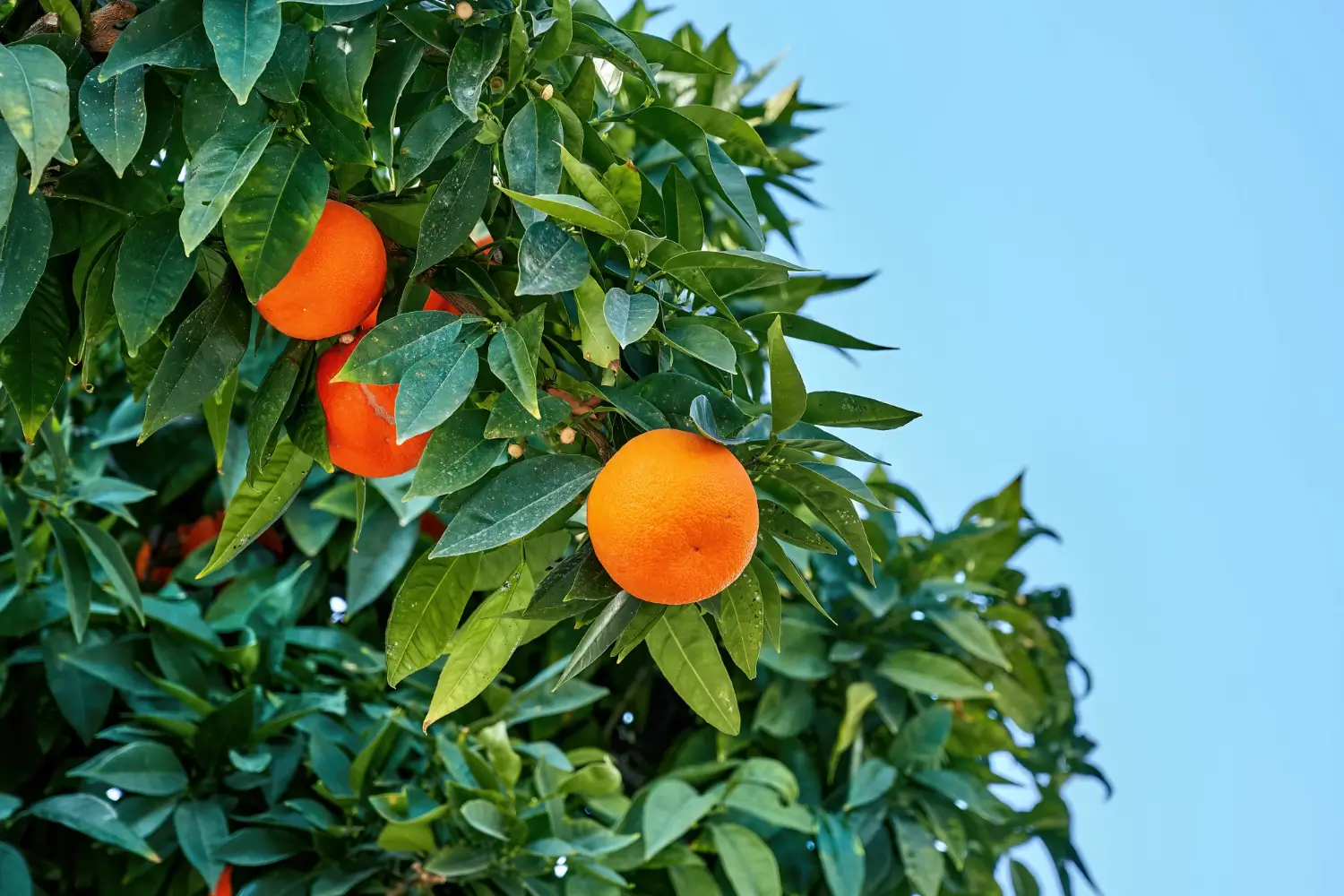
Soil Health & Fertilization
We unite suppliers and green industry professionals worldwide
Eastern Hemlock is an unusual conifer that doesn’t need lots of sun and which offers gardeners soft, cascading needles and a timeless woodland vibe. Whether you plant it as a singular statement tree, or in groups to create a privacy screen, this graceful
By Victor Miller
|Published on November 30, -1
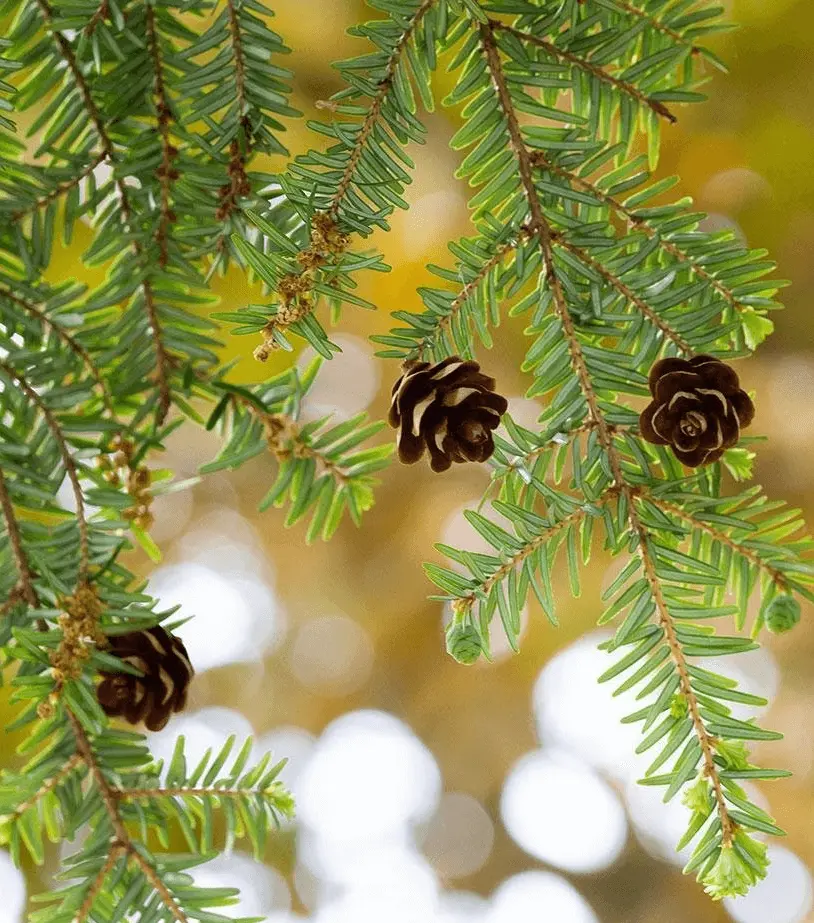

Have you ever wished for an evergreen that actually thrives in the shade?
Meet the Eastern Hemlock — an unusual conifer that doesn’t need lots of sun and which offers gardeners soft, cascading needles and a timeless woodland vibe. Whether you plant it as a singular statement tree, or in groups to create a privacy screen, this graceful giant brings four-season beauty to spaces that other evergreens might shun.
More versatile than it appears, the Eastern Hemlock is favored for its adaptability to cooler, damp areas and its ability to grow beneath taller canopy trees. With proper placement and occasional care, this native North American tree can lend your garden a peaceful, forest-like charm for generations.
| Common Names | Eastern Hemlock, Canadian Hemlock |
| Botanical Name | Tsuga canadensis |
| Plant Type | Evergreen Conifer Tree |
| Height | 40-70 ft high, 25-35 ft spread |
| Light Requirements | Partial to full shade |
| Soil Type | Moist, acidic, well-drained soil |
| Bloom Time | Spring (pollen cones) |
| Hardiness Zones | USDA 3–7 |
| Toxicity | Non-toxic to pets |

September 25, 2025
9 minute read
September 24, 2025
9 minute read
September 23, 2025
10 minute read
September 22, 2025
9 minute read


Join as a seller and connect with thousands of B2B buyers nationwide!
Sign Up
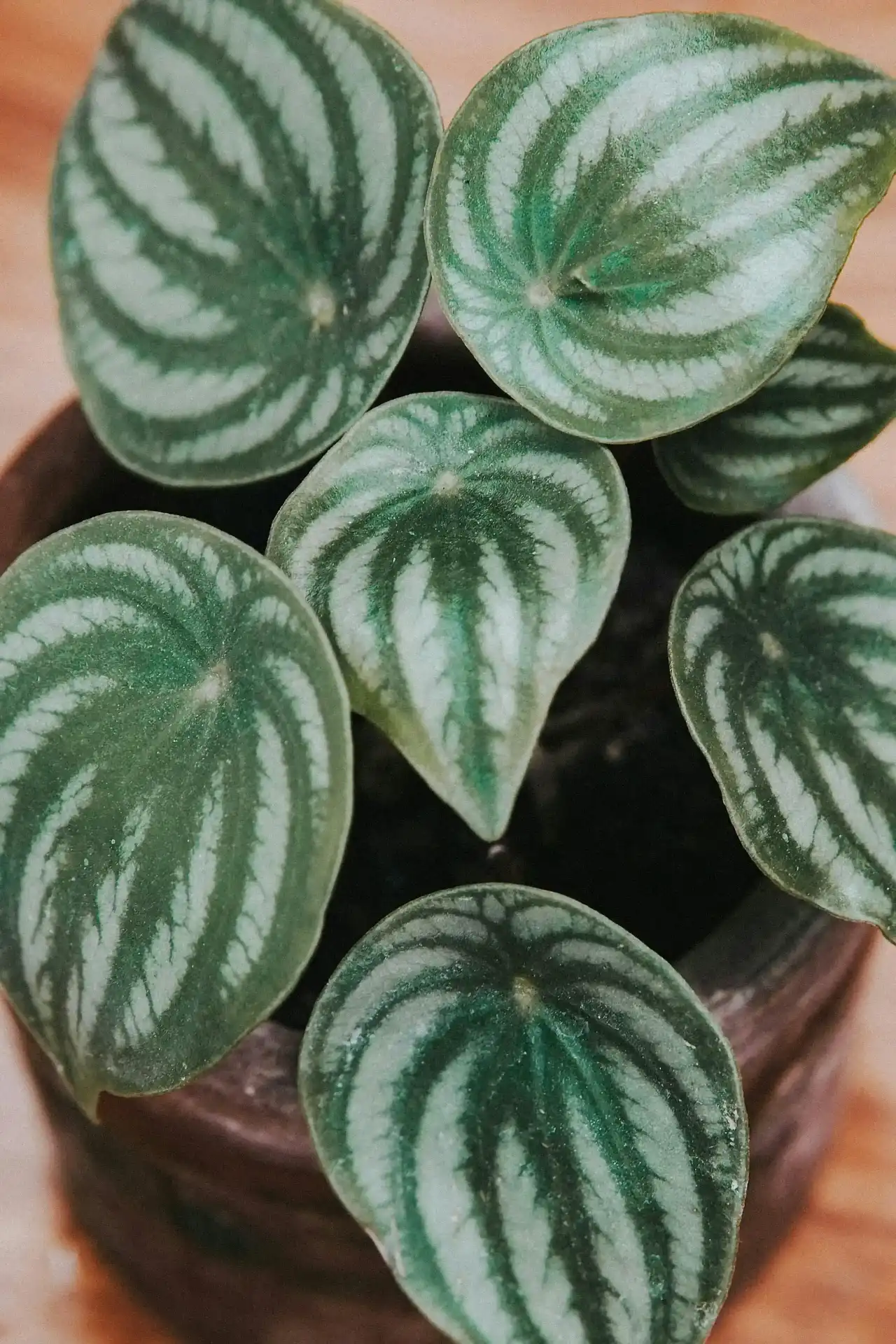
Watermelon Peperomia
Watermelon Peperomia is a tropical evergreen native to South America. It’s popular because of its easy-care nature, compact growth habit and, especially, those eye-catching leaves that look like tiny watermelon skins
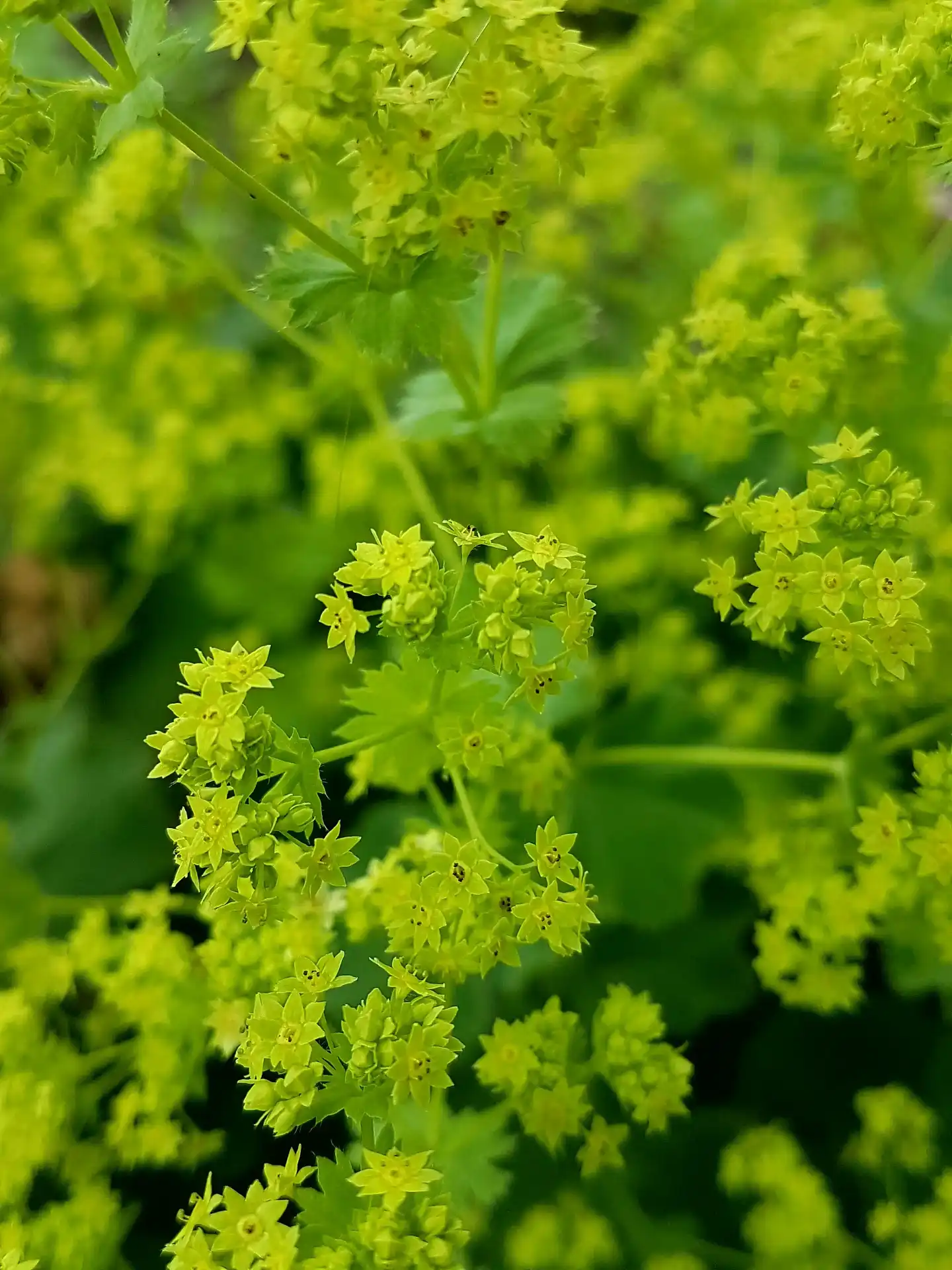
Lady’s Mantle
Lady’s Mantle is known for its velvety, scalloped leaves, which catch and hold raindrops as if they were liquid pearls. This old-fashioned perennial is not only gorgeous, it is extremely resilient, low maintenance and useful. It is a favorite for cottage
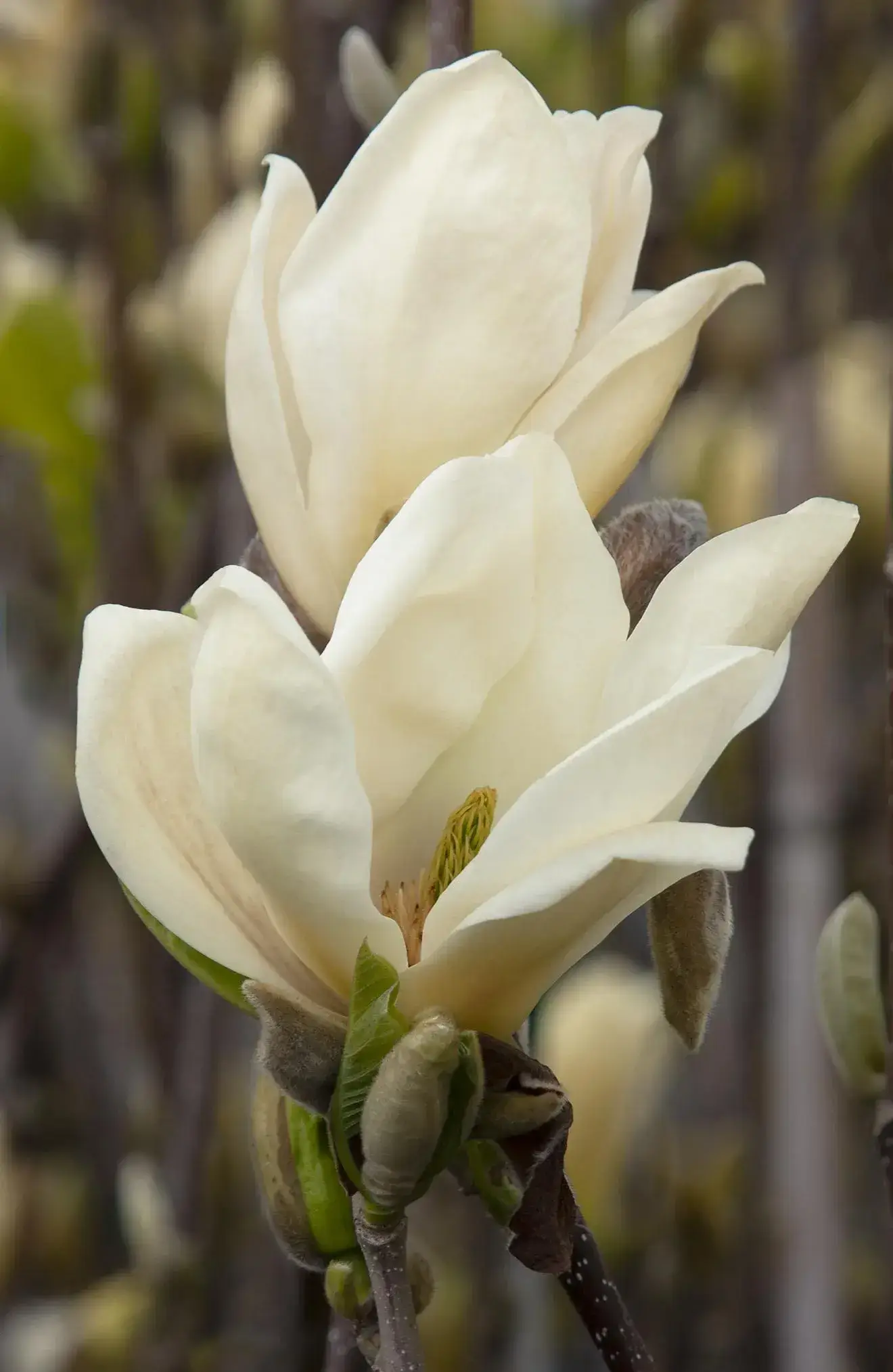
Elizabeth Magnolia
Magnolia 'Elizabeth' is a graceful deciduous tree known for its soft yellow, lemon-scented flowers that bloom in early spring before the foliage. With its upright form and subtle color, it’s a favorite for adding elegance to any landscape.
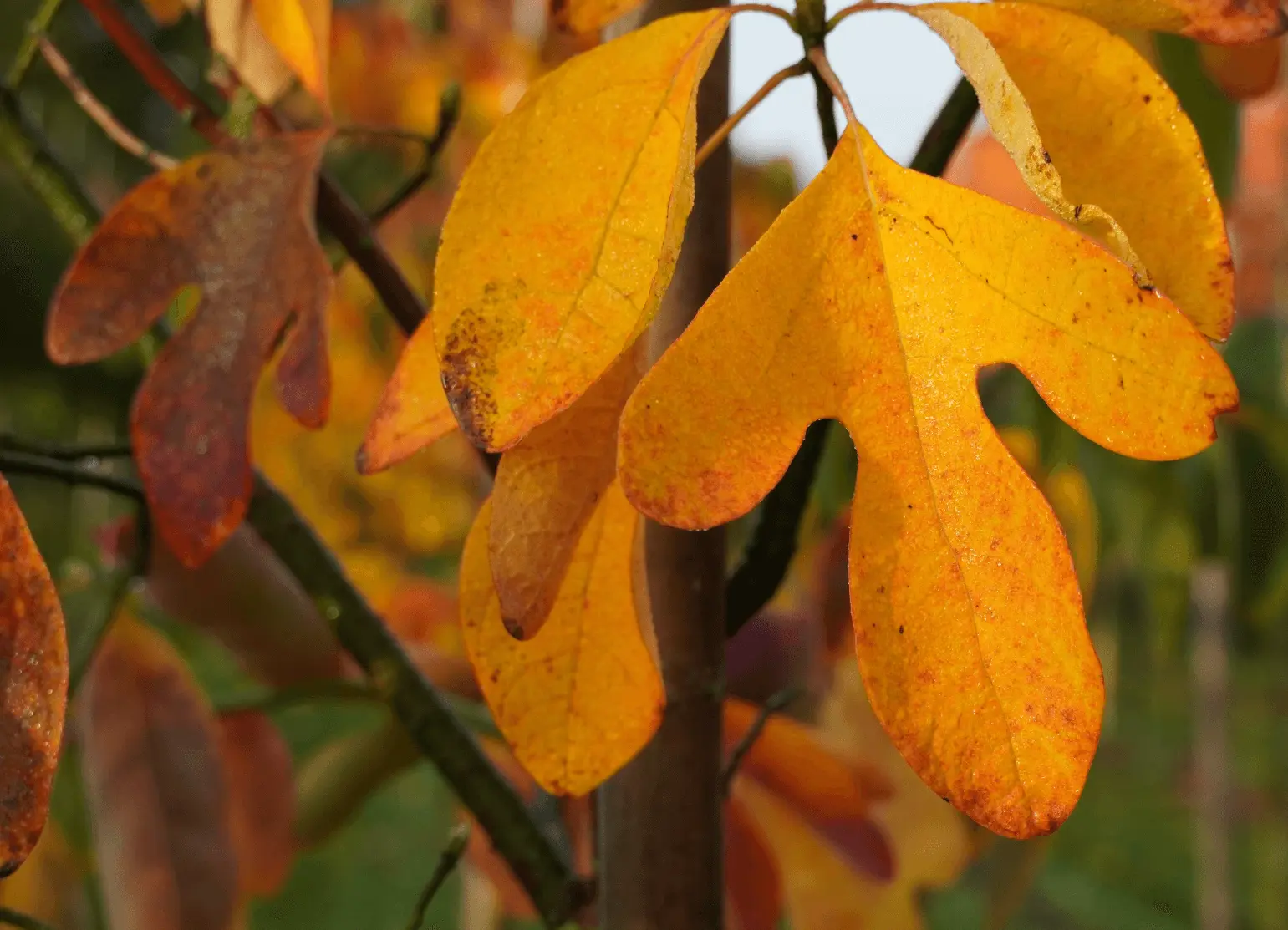
Sassafras
With its uniquely mitten-shaped leaves, spicy aroma, and a history rooted in both Native American tradition and Southern cooking, Sassafras is much more than an ornamental tree — it’s a living record of culture, utility and seasonal beauty.
Caring for an Eastern Hemlock is surprisingly simple once it finds its happy place. This shade-tolerant conifer doesn’t crave the sun like its cousins do — a fact that makes it perfect for cooler, sheltered sites on your property. Although young plants require steady moisture while becoming established, once they are settled, mature Hemlocks are fairly drought tolerant, although they always appreciate damp conditions.
And yet, Hemlocks are remarkable for their graceful flexibility. You can allow them to develop naturally into statuesque pyramids or shear them for dense, living hedges. With their feathery, soft needles, they’re welcoming both people and wildlife.
Once established, Eastern Hemlocks ask for little beyond attentive watering during dry spells, occasional pruning for shape, and monitoring for common pests like adelgids.
Eastern Hemlock prefers partial to full shade, though it tolerates morning sun. So, you need to plant it where it won't get too much sun (especially in hotter climates), which can stress the tree. Dappled light or the north-facing sites are best for this tree.
Eastern Hemlock does best in moist, acidic, well-draining soil. Heavy clays are not generally suitable, unless they are well-drained. If your soil is alkaline, you can add organic matter or acidify agents that can help maintain the ideal environment. Mulching helps conserve moisture and keeps roots cool.
Consistency of moisture is key, particularly for younger plants. Water regularly but not too much at once—it hates dry spells! Maintain deep watering in dry periods to prevent needle browning and stress. Mulch to retain soil moisture.
While many evergreens do not take well to being pruned, the Eastern Hemlock will and can be used as both specimen tree and a heavy privacy hedge. The tree does not require constant pruning to grow, but light pruning can help it keep its shape, remove damaged branches and encourage a bushier growth.
You can prune in late winter or early spring before new growth begins. Avoid heavy pruning during late summer or fall to prevent frost damage on tender new shoots. Concentrate on preserving the tree's elegant form without over-thinning its naturally soft, cascading appearance.
Here’s how to prune:
Eastern Hemlocks can be grown from seed or cuttings, but both methods require patience. Although slow and variable by seed, cuttings offer a faster, more reliable method for home gardeners.
Propagation methods:
By Semi-Hardwood Cuttings (Recommended):
By Seeds:
Although it is an outdoor tree, young Hemlocks can be maintained for a few years in a container – especially in cooler areas.
While naturally cold-hardy, a little extra cover will help young Hemlocks in their first winter. Mulching and strategic placement can help prevent harsh winds from desiccating their needles.
Eastern Hemlocks can tolerate brutal colds without special interventions once they are established.
Eastern Hemlock trees bear small, inconspicuous cones rather than colorful flowers.Male pollen cones and female seed cones appear in spring, with mature cones persisting into the next season. While not decorative, these cones are a natural part of the Hemlock’s life cycle and serve as interesting woodland details.
Although Eastern Hemlocks are naturally resilient, there are a couple of particularly malicious pests and diseases which can make your tree's life hell, especially when grown outside their ideal shaded, moist habitats. Watching for early trouble signs will help keep your tree healthy and long-lived.
One major threat is the Hemlock Woolly Adelgid (HWA), a tiny, sap-sucking insect that can eventually weaken or kill trees. Regular inspection and intervention are key.
Other common concerns include:
Eastern Hemlock is an all-time classic evergreen that adds refinement and non-stop green to many gardens. With its softly drooping branches and delicate, feathery needles, this conifer is both visually striking and surprisingly adaptable. Whether used as a specimen tree, dense hedge, or shade-giving canopy, it’s a versatile addition to woodland gardens and naturalized settings.
Slower-growing than most outdoor trees, Eastern Hemlock repays a little patience with fine-textured foliage and a tolerance for shady sites, where some other conifers struggle. Its shade tolerance, soft needles and softly tiered shape make it a gentler, softer-looking evergreen compared with some of the more aggressive, rigid evergreens. Over time, it becomes a focal point that offers privacy, shelter for birds, and an evergreen backdrop in all seasons.
Yes, it’s non-toxic to cats and dogs.
Slow to moderate; typically 12–24 inches of growth per year once established.
Less tolerant of pollution and compacted soils. Performs best in woodland or suburban settings.
Yes! It responds well to shearing and can form dense, graceful privacy hedges.

Soil Health & Fertilization
Victor Miller
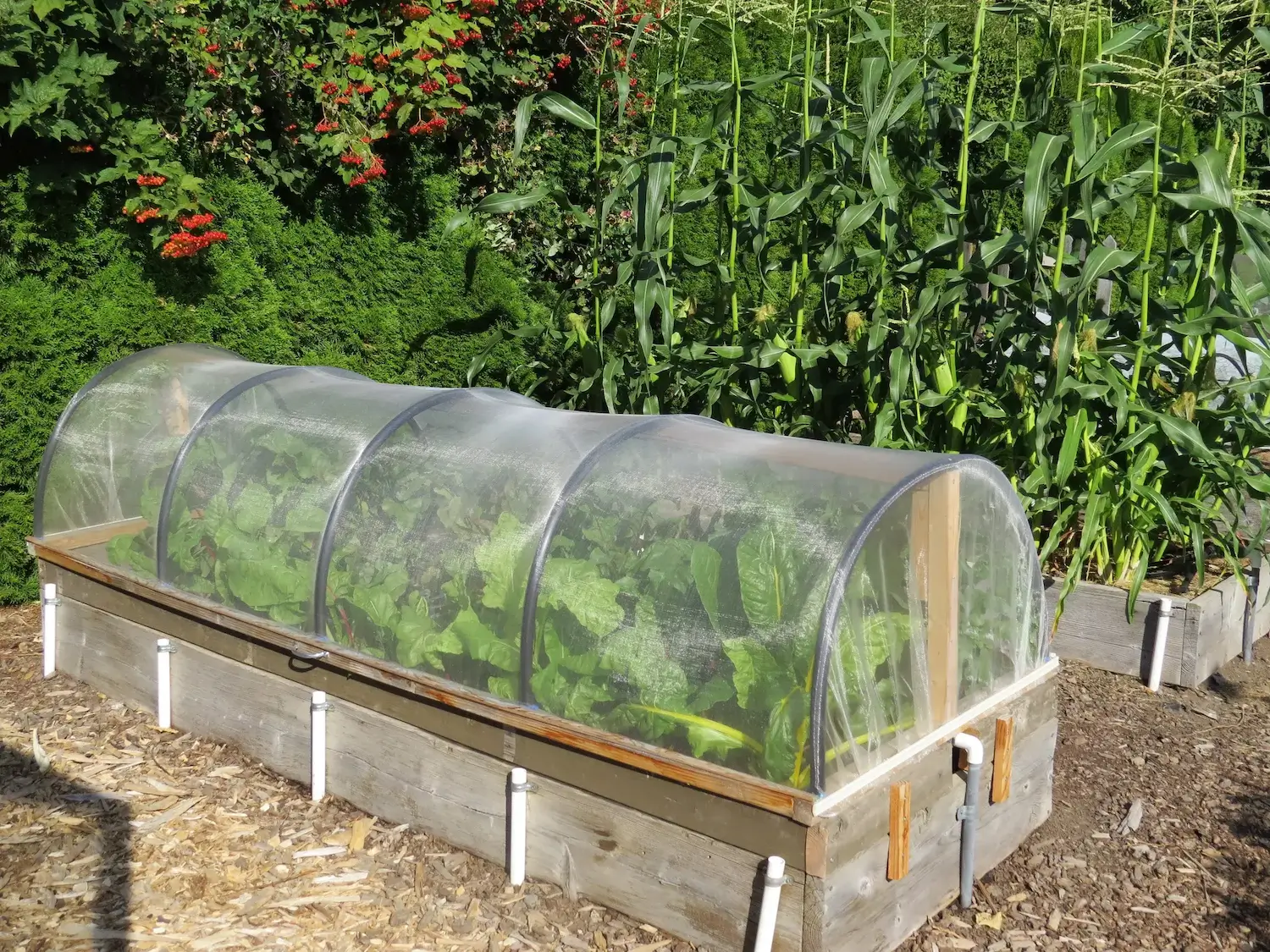
Pest Identification & Prevention
Victor Miller
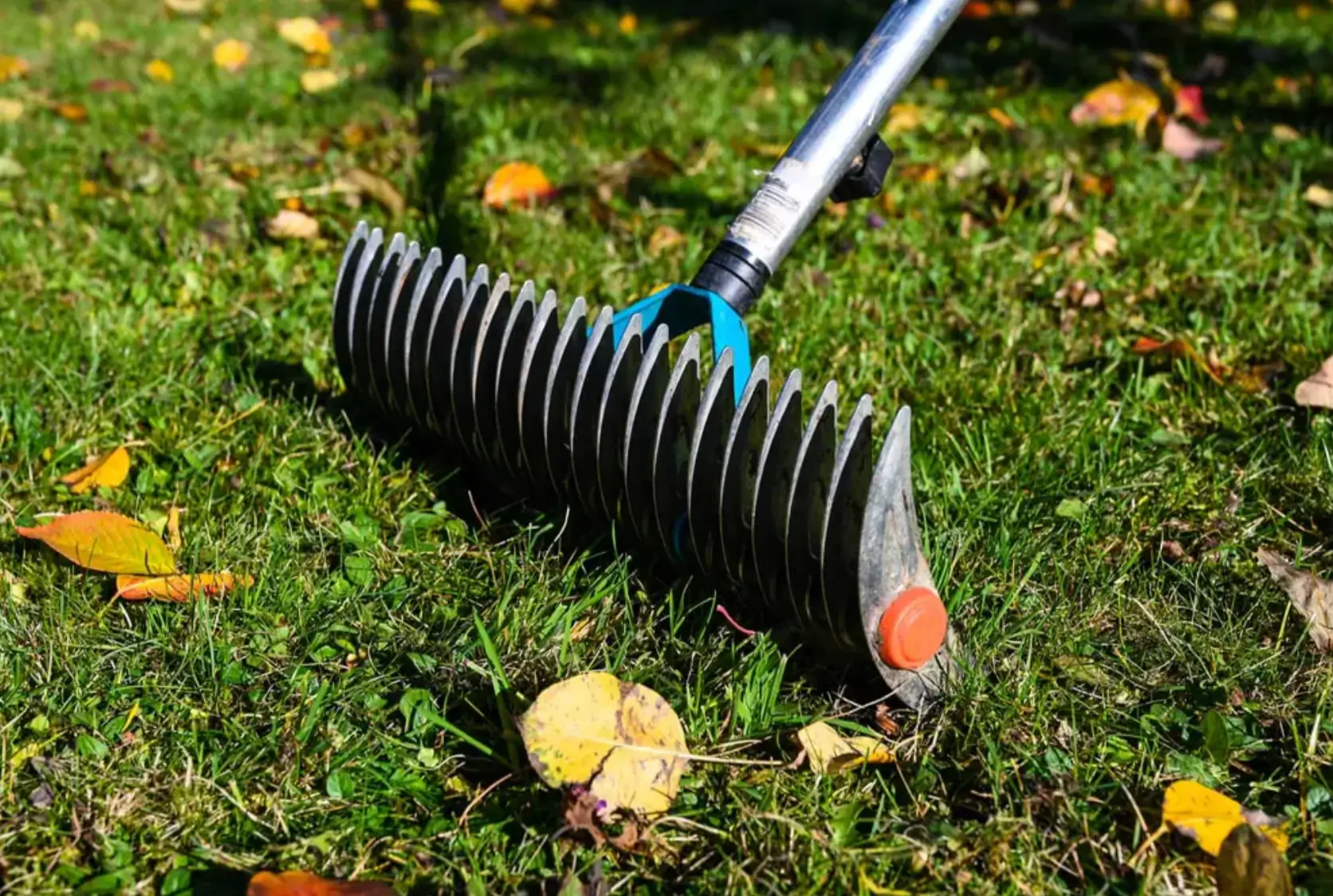
Lawn Care Tips & Maintenance
Victor Miller
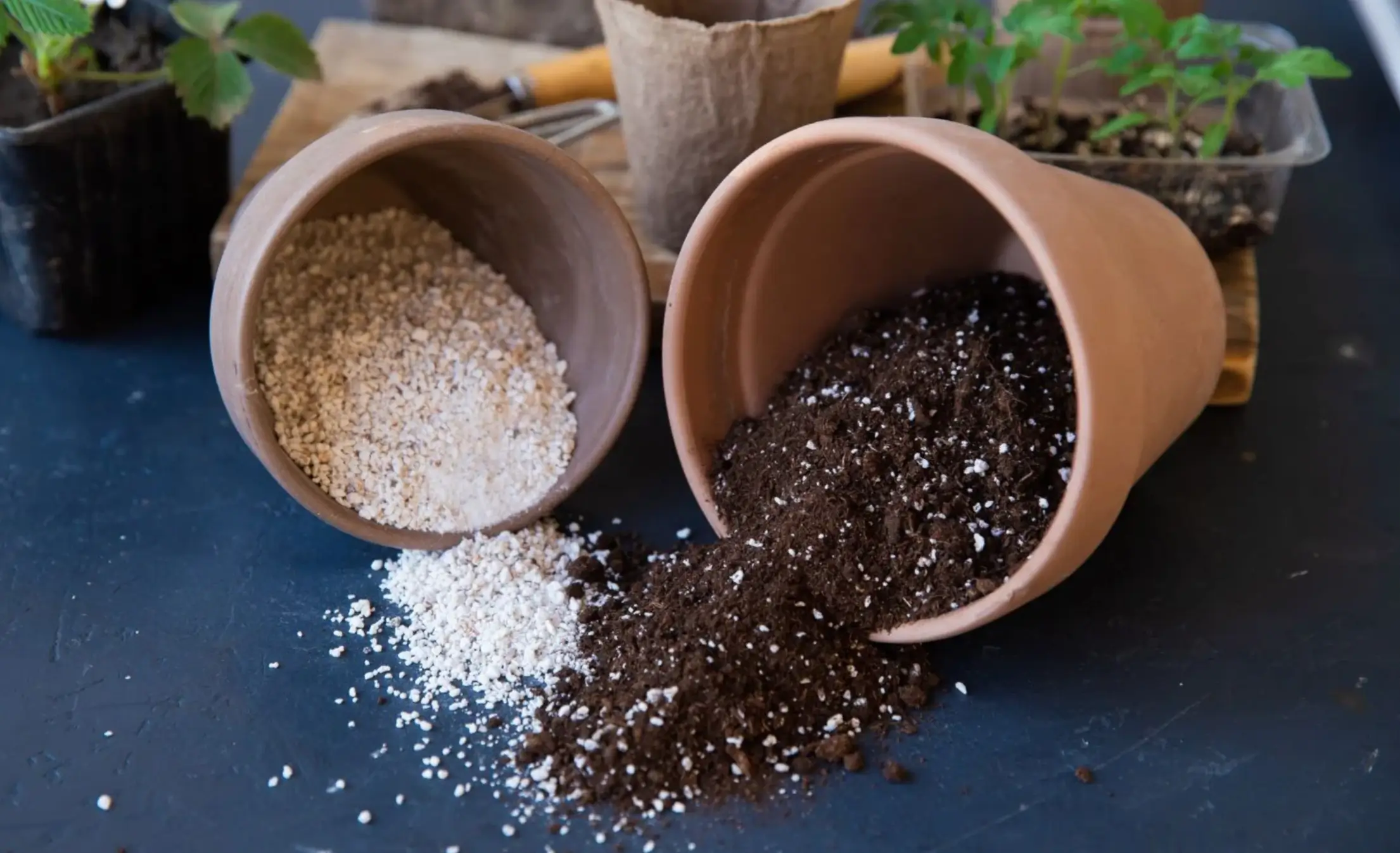
Soil Health & Fertilization
Victor Miller
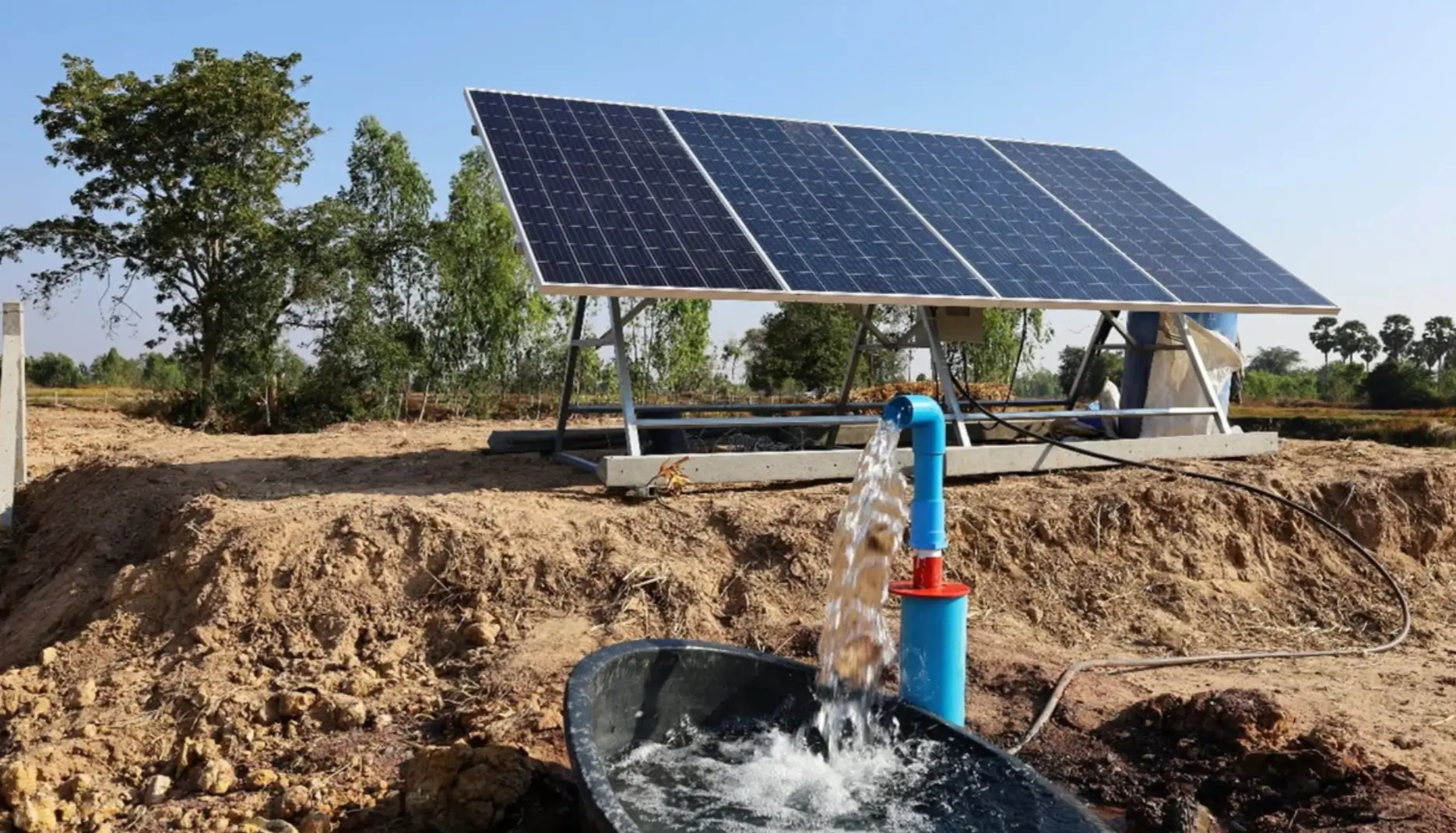
Smart Irrigation Systems
Victor Miller
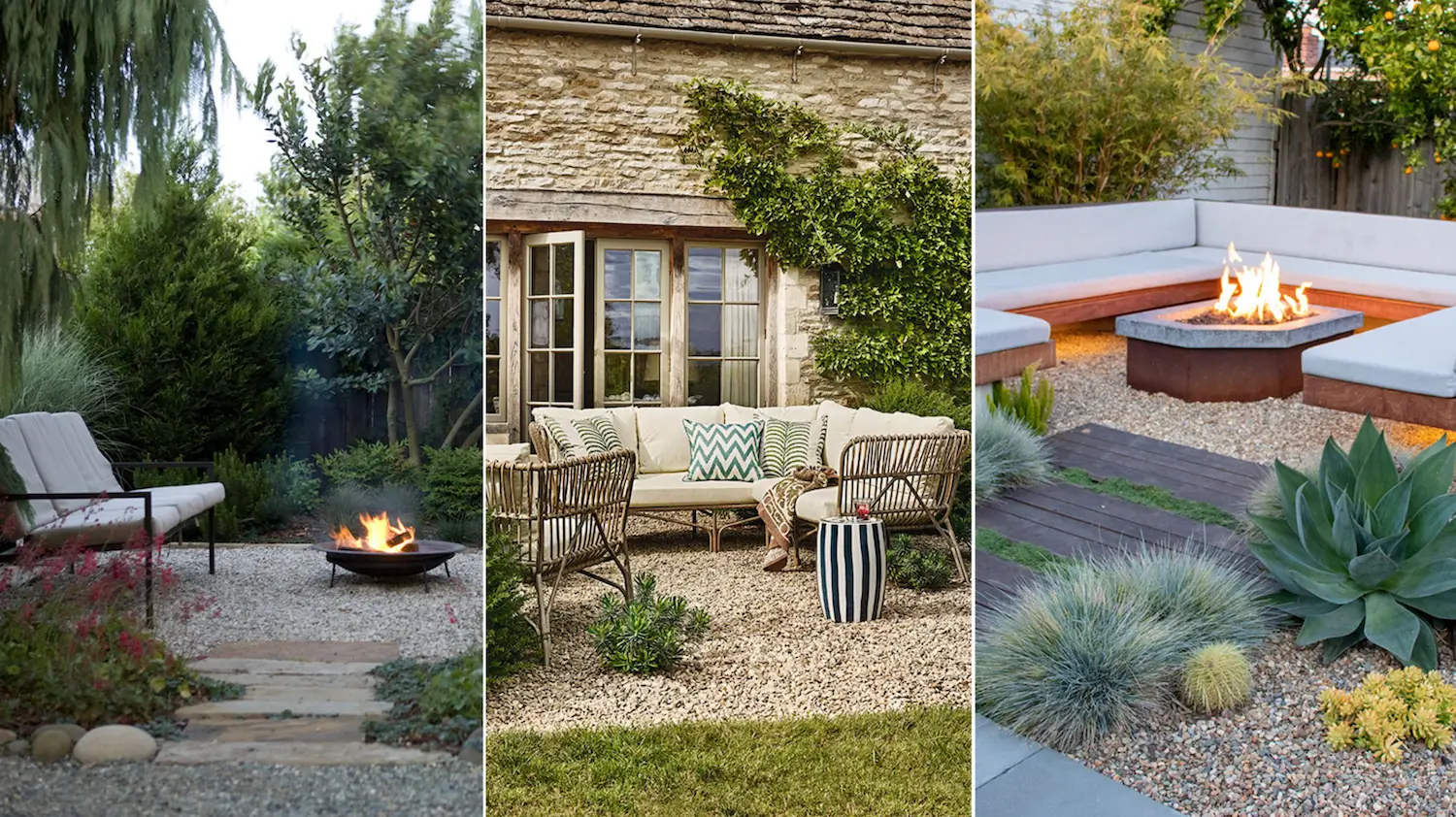
Patios, Walkways & Driveways
Victor Miller
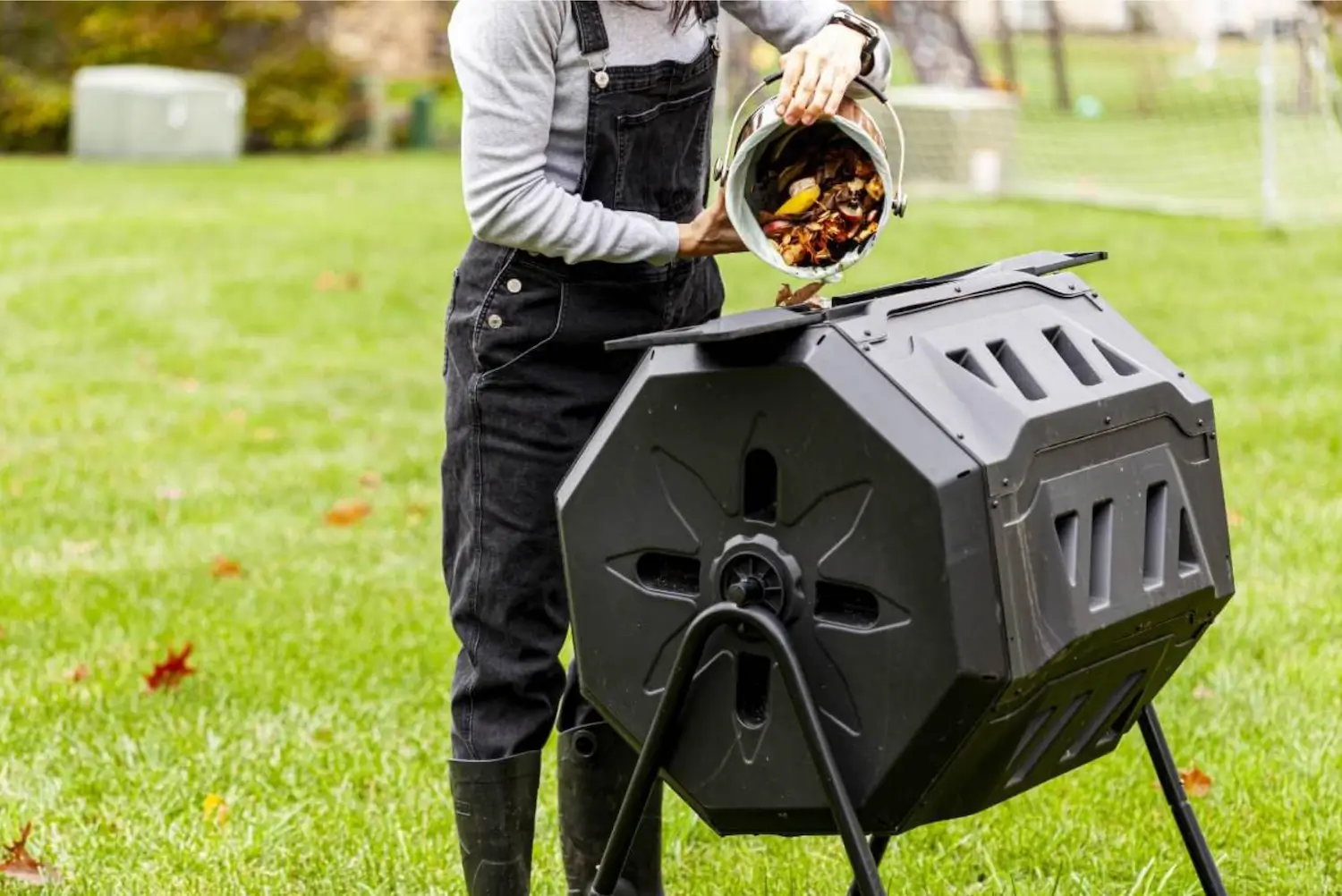
Soil Health & Fertilization
Victor Miller
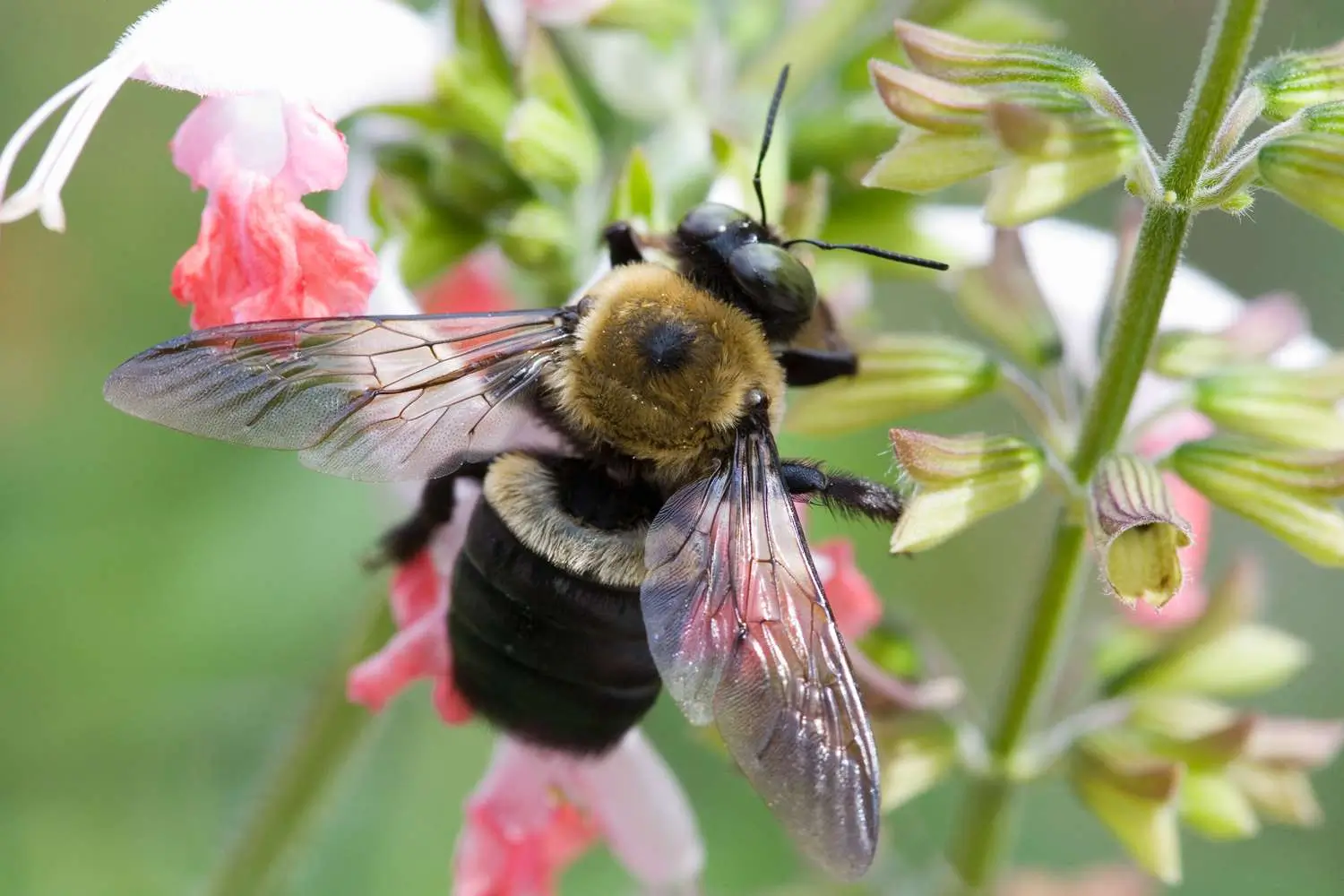
Pest Identification & Prevention
Victor Miller
My Account
Our team is always here to help.
We are open Monday - Friday, 9:00 AM to 4:30 PM PST.